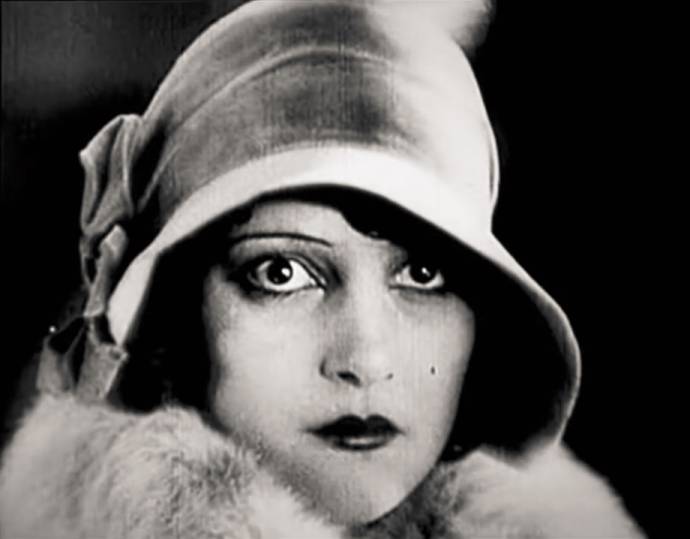January 10, 2018
Ida Kravanja was an international silent movie star who was born in Slovenia, worked under the stagename Ita Rina in Germany and other countries, and then moved to Belgrade as an Orthodox Christian convert with a new name, Tamara Đorđević, living as a wife and a mother. This is a short story about the rise and fall of Ita Rina.
In a 2007 book titled Ita Rina: Prva Slovenska Filmska Zvezda (Ita Rina: First Slovenian Movie Star), Ita remembers what shooting her first movie in 1927 was like: “You can’t walk,” shouted the director. I focused entirely on trying to walk as gracefully as possible while thinking to myself: ’How is it possible, that I, who have climbed Triglav three times, suddenly can’t even walk.’ I have to admit that these first steps in the movie industry were more difficult than any dangerous mountaineering I have ever done.”
Ita Rina was born Italina Ida Kravanja (shortened to Ida Kravanja) in 1907, in the small littoral town of Divača, to a father who was originally from Bovec and a mother from Log pod Mangartom. The towns of her both parents are located in the Julian Alps, on the northern side of the Triglav massive, the peak of which is the highest in Slovenia, and depicted in the coat of arms and other Slovenian state symbols.
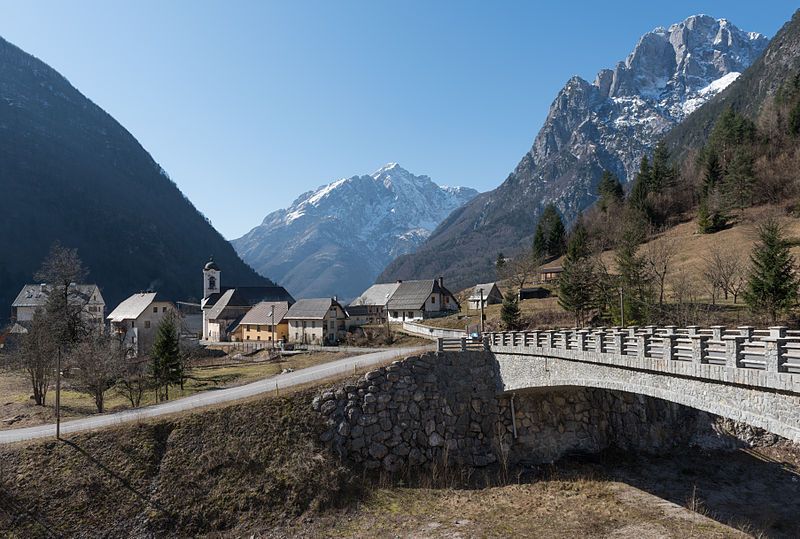
Log pod Mangartom Photo: Johann jaritz, CC 3.0
When the First World War broke out, Ita’s family moved to Ljubljana, where she attended secondary school. She was not a good student and had to attend her third year twice, and never completed the fourth. But Ita was pretty and wanted to become an actress, which wasn’t the most decent thing for a girl to do in those days.
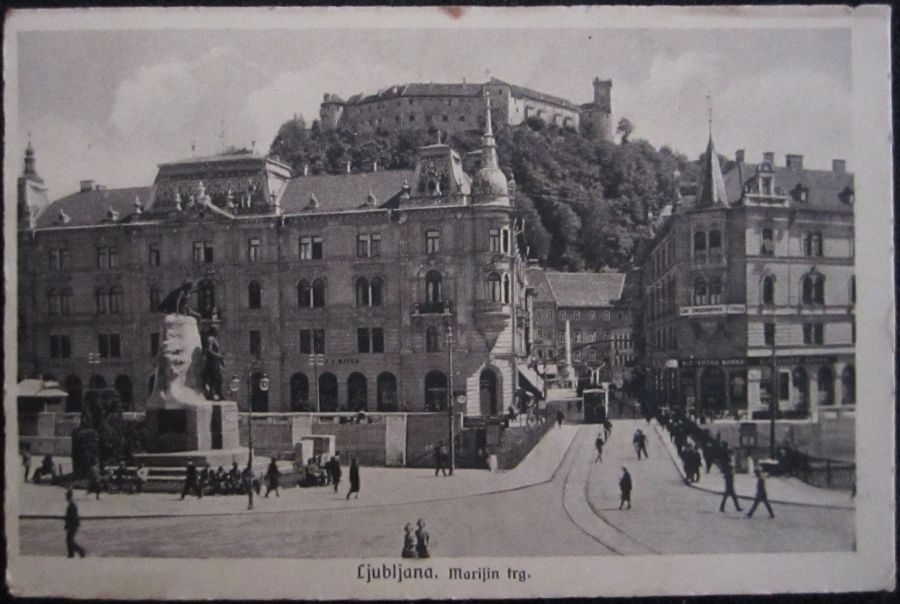
Ljubljana in 1926
In 1926 Ita’s father died and she had to find work. She got a job at a bank, while her mother rented out rooms to students. Soon after she spotted a newspaper ad, and her friends helped her to apply to a beauty pageant in Ljubljana, where she was chosen as one of the seven prettiest girls and qualified for the all-Yugoslavia finals in Zagreb, Croatia.
Her mother disapproved of her going to Zagreb and there are various accounts of what happened next. What they all agree upon is that Ita did show up in Zagreb, but did not win the title of beauty queen. Instead, her pictures were send to Ostermeyer’s studio in Berlin, which invited her for a screen test.
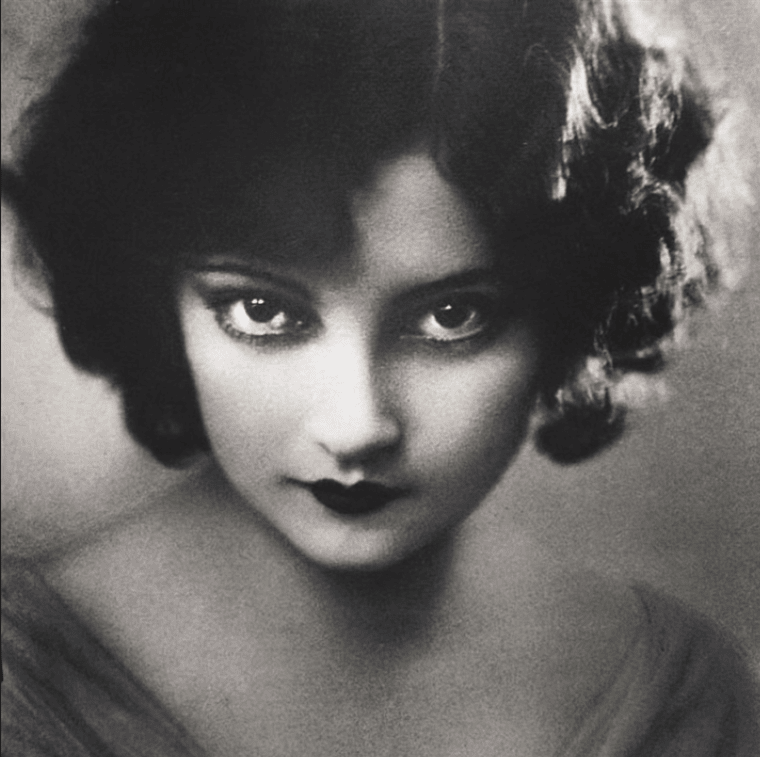
Her mother strongly disapproved of Ita’s intention to travel to Berlin, so the young woman decided to leave for Germany without her mother’s permission: “This was the longest and most difficult journey I ever had. I squeezed myself in the corner of a coupé and looked around in fear. I only knew a few German words… I wanted to return back to Ljubljana to my mother and my sister with the first train.”
It was now 1927, and Ita’s screen tests got her a two-year contract with the Ostermeyer production house. After two minor roles and various acting lessons she decided to leave Ostermeyer two months later and sign a contract with Kulturfilm instead. The new studio wanted her to change her name. Madi Mare, Eva Collins and Ita Rina were the options presented to her, and she chose the latter as it resembled Italina, the name which was given to her by her Jewish godmother on the occasion of her Catholic confirmation.
Following several minor roles which allowed her to improve her acting skills, a role in a 1928 movie called The Last Supper caught the attention of leading role scouts. She got two offers, and signed a contract for one of them two days after The Last Supper’s premier. This was also the time when Ita met and probably already fell in love with her future husband, a young engineering student from Belgrade, Serbia, Miodrag Đorđević. He was very handsome, she told her friends.
The movie she signed for was Erotikon, which on its premier in 1929 caused a moral uproar from especially the Catholic Church, but the audience loved it and Ita was shot to stardom (the whole movie is embedded at the end if this story). Following her success in this picture, Ita got her first Hollywood offer from Paramount Pictures, and soon after that Universal Studios offered her work as well. She turned them both down as she believed there was still time for her to develop her career in Europe first and head for the States a little later. Let’s keep in mind that in the 1930s cross-Atlantic flights were at an experimental stage, and that it took about a week to cross the Atlantic by ship, to which the time needed to travel across two continents should also be added.
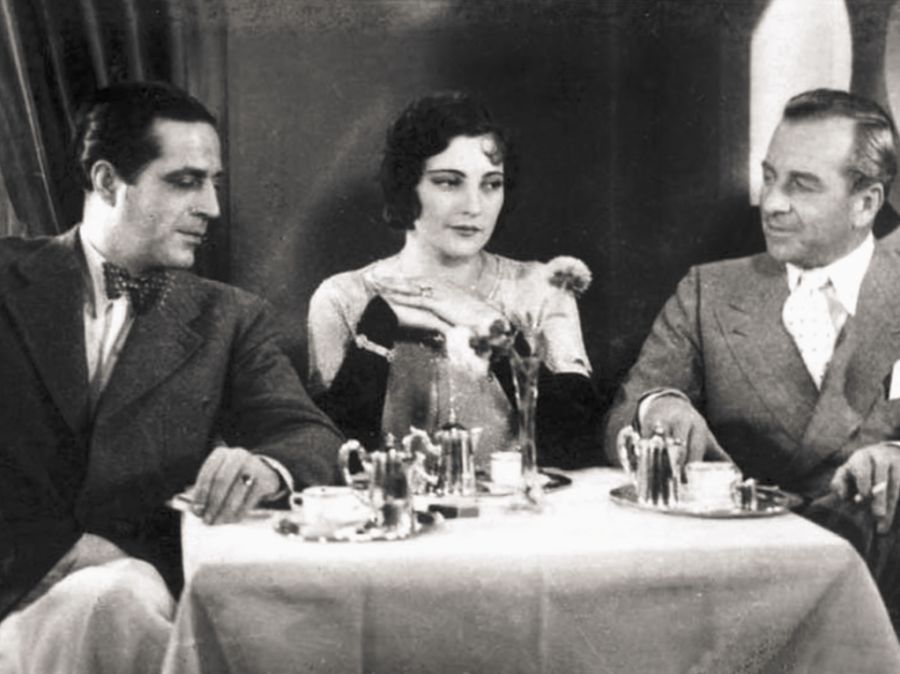
Ita thus stayed in Europe and continued starring in other movies, which included her successful transition to talkies. Then, in 1931, she received another Hollywood offer which consisted of a three-year contract starting with a lead role in Beatrice My Joy. She seems to have considered Hollywood more seriously this time, as her now fiancé Miodrag gave her an ultimatum: she had to choose between him or Hollywood. She chose him, and they married in 1931, when she was just 24.
Ita converted to the Christian Orthodox church and assumed an Orthodox name, Tamara Đorđević. She moved to Belgrade with her husband and despite giving up pretty much everything for her husband his family continued to reject her, as they believed their Miodrag deserved something better for a wife than an actress. Luckily, her mother and sister joined her in Belgrade so that she didn’t feel so isolated from the world.
Ita did try to reestablish her career later in the 1930s, first by deciding to find the middle ground between the kitchen and art by choosing to act only in local productions, and when this didn’t really work out and she decided in 1939 to take another German project, it was already too late. The war was coming and she had to return home to her husband in Belgrade. Soon after she gave birth to her son and daughter.
In 1967 Ita moved to Budva, a coastal town in Montenegro, where she took care of her sclerotic husband until May 10, 1979, when she died of an asthmatic attack just a few weeks short of her 72nd birthday. She was buried a few days later in Belgrade.

